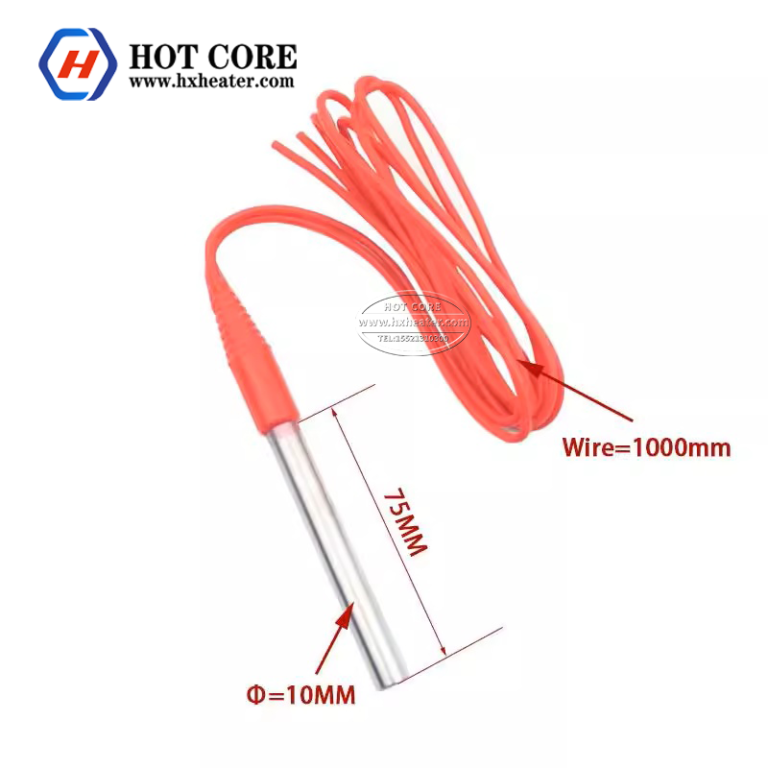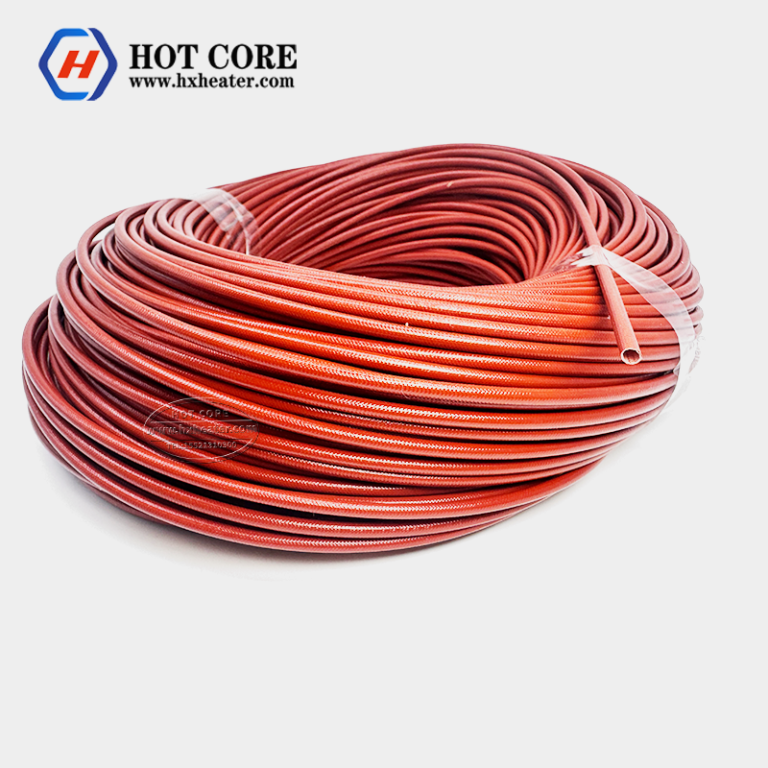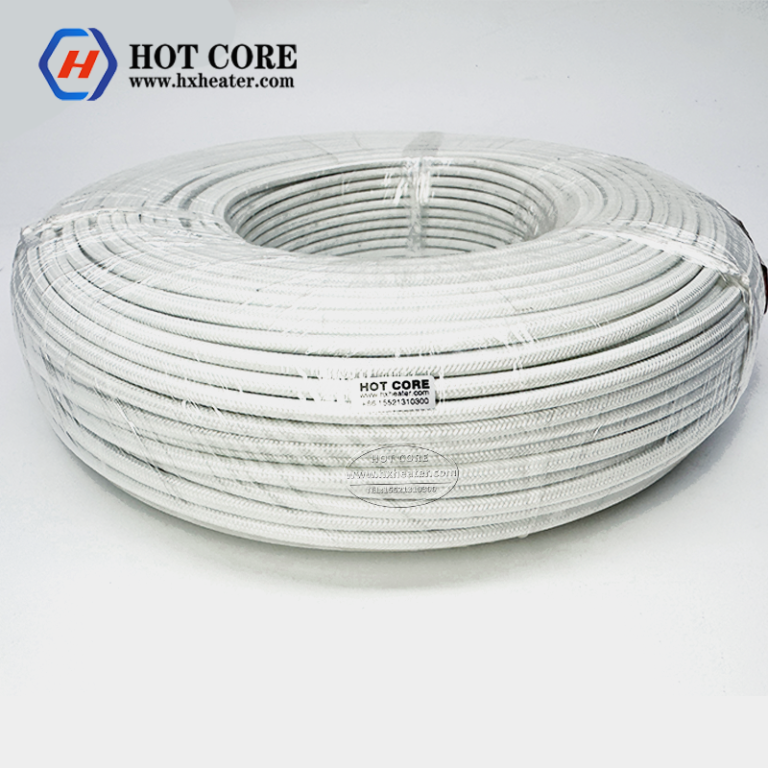Senzor comutator nivel lichid cu bilă plutitoare
It is used to detect the liquid level height. When the liquid level reaches the set position, the switch will send a signal, thereby achieving automatic control of the liquid level. For example, in water tanks, oil tanks and other containers, it can control the inflow and outflow of the liquid to maintain the liquid level within an appropriate range.

From the perspective of appearance and material, the metal parts may be made of corrosion-resistant materials such as stainless steel, which have excellent corrosion resistance and strength, and are suitable for various liquid environments; in terms of electrical aspects, electrical signals are transmitted through wires, and they can be adapted to different control circuits.

Install the float level switch vertically in the liquid container. As the liquid level rises or falls, the float will move up and down within the conduit. When the float reaches the position corresponding to the bimetallic switch, the bimetallic switch is magnetically attracted or disconnected, thereby outputting a liquid level signal and transmitting it to the control system to perform corresponding operations, such as starting the pump to replenish water or stopping the liquid inflow, etc.


Caracteristici
Simple structure: Installation and maintenance are relatively convenient.
High reliability: The switch is triggered by the mechanical movement of the float with the liquid level. It operates stably and is not easily disturbed.
Widely applicable: It can be used for various liquid media such as water and oil, and can adapt to different container shapes and sizes.
Timely response: It can quickly respond to changes in liquid level and promptly transmit signals.

In conclusion, the float level switch, with its simple structure design, stable working performance and wide adaptability, has become the core component for liquid level monitoring and automatic control in various liquid containers. Whether it is large storage tanks in industrial production, water supply tanks in civilian areas, or oil tanks and hydraulic tanks in mechanical equipment, it can provide precise liquid level responses, convenient installation operations and long service life, offering efficient guarantees for liquid level management. It effectively avoids risks such as liquid overflow when the level is too high or idle operation when the level is too low, helping to achieve automated operation and reducing labor costs. It is an optimal equipment in the modern fluid control field that combines practicality and economy.











